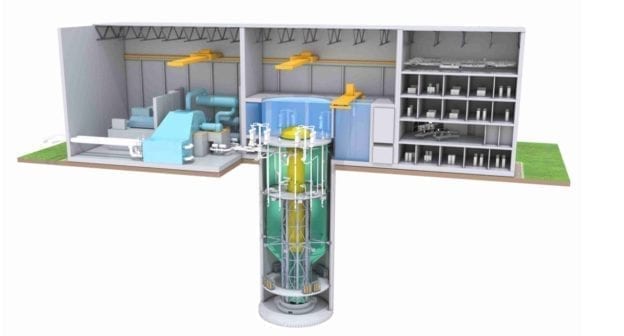DOE Envisions Future Grid’s Transformation into a ‘Network’

The grid must accommodate more inverter-based generation and adequately handle the bi-directional flow of electricity, but it must also apply alternative grid configurations and coordinate planning and operations across multiple participants and jurisdictions. That’s the vision Michael Pesin, deputy assistant secretary for the Department of Energy’s (DOE’s) Advanced Grid Research and Development division, outlined in detail in a keynote speech for attendees at the Experience POWER conference and exhibition, which took place this week in San Antonio, Texas.
The vision is rooted in multiple priorities laid out by the Biden administration, which include ensuring the nation’s power infrastructure is “fully modernized, secure, resilient, and reliable,” said Pesin. Its urgency is also remarkable: “The goal is to have a pollution-free power sector by 2035 and a net-zero greenhouse gas [GHG] emission economy by 2050,” he noted.
However, it is already rife with challenges: “In the wake of major rolling blackouts, like the energy emergencies in 2020 and 2021, it is no secret to anyone that today’s electric grid is being pushed to do more than it was originally designed to do, and, designed 100 years ago, it is pretty much based on the same principles.”…

